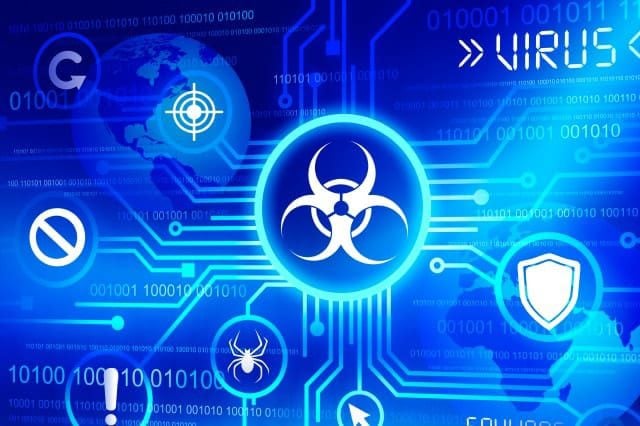Just like real life, the digital world isn’t a safe place. Somewhere out there, ill-natured programmers have deployed a variety of malware in an attempt to exploit the unknowing computer user. If you don’t want to be a victim yourself, take some time learning these online threats and how to handle them.
First, let’s focus on malware. An amalgam of two words—malicious and software—malware is the collective term for all hostile software programs that hack their way into a computer system without permission. If you let one gain entry into your computer, a malware program may perform different kinds of actions, such as stealing your personal and financial information, spying on what you’re doing, and remotely controlling your computer for more illegal activities.
A virus, on the other hand, is a specific kind of malware. It’s usually attached to an executable file that, when you open or install it, spreads to other executables. To encourage such interaction, a virus may disguise itself as a legitimate application or something that would pique your interest, say, a love letter.
Finally, a spyware is an intrusive program whose primary purpose is to illicitly gather your important information. To do so, it may change your Internet browser’s default homepage to one that tracks your search activities. It may also run in the background to record all your keystrokes and mouse clicks, your browsing history, and many more. The accumulated information is then sent to someone who takes advantage of what they know about you. For instance, they may force-feed you with targeted ads.
If you want to protect yourself from these online threats, find yourself a good security software. Many are available online either for free or for a yearly subscription. Third-party anti-malware programs often have protection that’s far better than what your computer’s default security application offers.






